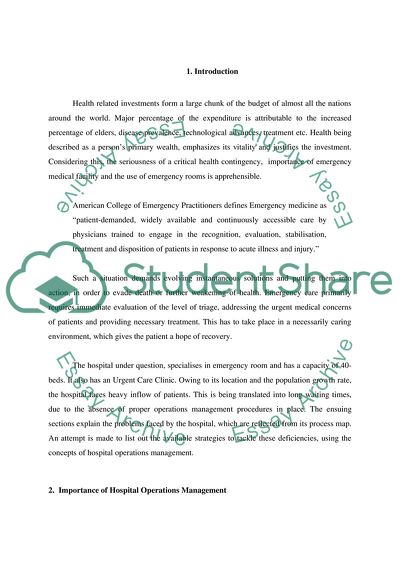Cite this document
(Operations Management & Quality Improvement in Hospitals Term Paper, n.d.)
Operations Management & Quality Improvement in Hospitals Term Paper. Retrieved from https://studentshare.org/health-sciences-medicine/1588601-process-mapping
Operations Management & Quality Improvement in Hospitals Term Paper. Retrieved from https://studentshare.org/health-sciences-medicine/1588601-process-mapping
(Operations Management & Quality Improvement in Hospitals Term Paper)
Operations Management & Quality Improvement in Hospitals Term Paper. https://studentshare.org/health-sciences-medicine/1588601-process-mapping.
Operations Management & Quality Improvement in Hospitals Term Paper. https://studentshare.org/health-sciences-medicine/1588601-process-mapping.
“Operations Management & Quality Improvement in Hospitals Term Paper”, n.d. https://studentshare.org/health-sciences-medicine/1588601-process-mapping.


